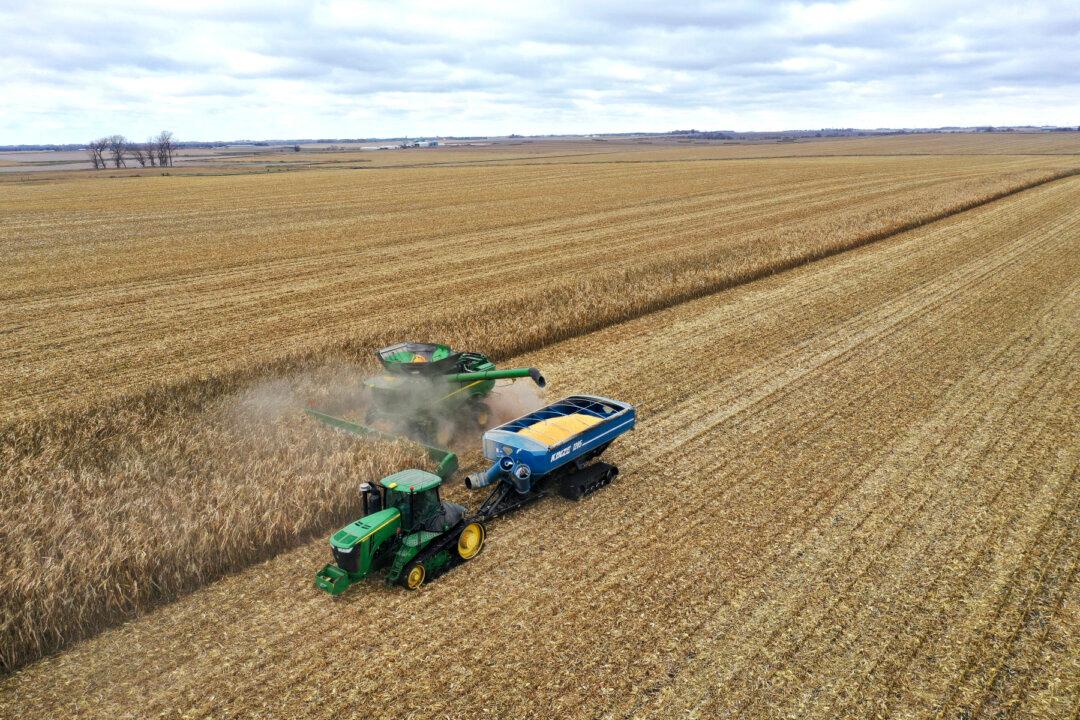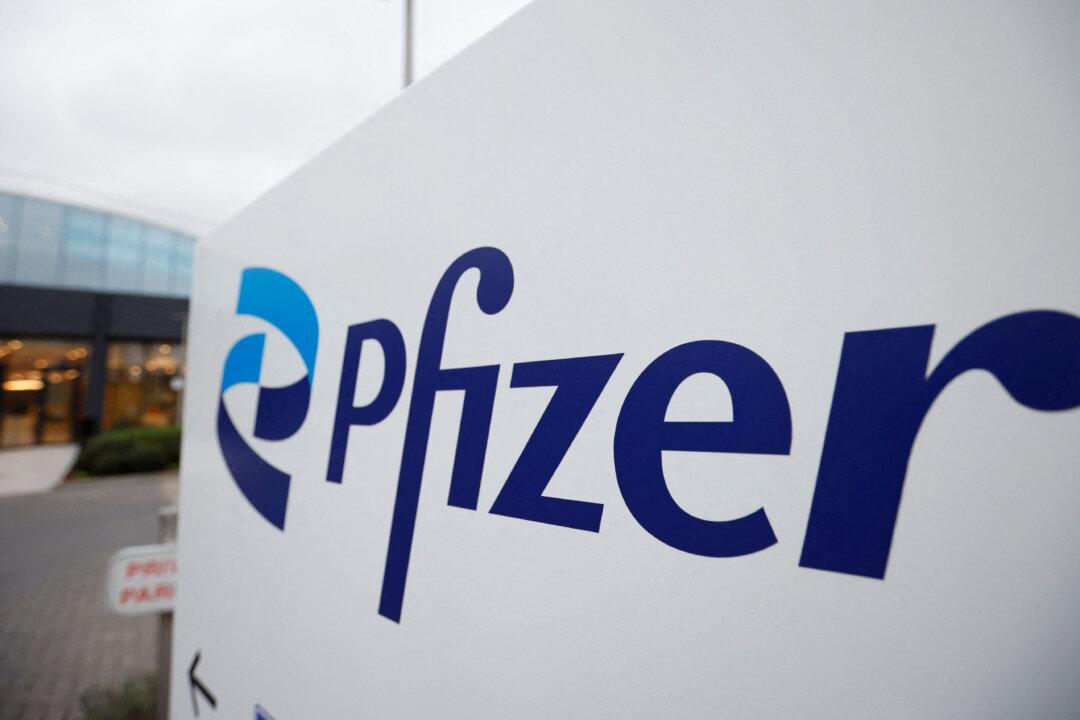Some of the largest vaccine companies in the developed world are reportedly preparing avian flu H5N1 shots for humans in case the virus were to mutate and become easily transmissible from person to person.
Virus Spread
Scientists have been closely watching as the virus jumped from Europe to North and South America, leaving behind a devastating trail of nearly 200 million dead birds and other animals since the initial October 2022 outbreak in a mink farm in northwestern Spain.In the United States, more than 52 million birds in 46 states have either died from H5N1 infection or have been put down due to exposure to infected birds since February, marking the worst disaster ever hit the American poultry industry.

In the past 20 years, there have only been 868 people diagnosed with H5N1 infection, although 457 of them were killed by the virus, representing a 53 percent case fatality rate.
According to WHO Director-General Tedros Ghebreyesus, the phenomenon that mammals being infected by what primarily affects birds is rather new and deserves more attention.
“There have been several reports of mammals, including minks, otters, foxes, and sea lions having been infected with H5N1 avian influenza. H5N1 has spread widely in wild birds and poultry for 25 years, but the recent spillover to mammals needs to be monitored closely,” Ghebreyesus said at a Feb. 8 press conference.
“For the moment, WHO assesses the risk to humans as low,” he said, adding that since its first emergence in 1996, there have only been “rare and non-sustained transmission” of H5N1 to and between humans. “But we cannot assume that will remain the case, and we must prepare for any change in the status quo,” he said.
“As always, people are advised not to touch or collect dead or sick wild animals but to report them to the local authorities. WHO is working with national authorities and partners to monitor the situation closely and to study cases of H5N1 infection in humans when they occur.”





